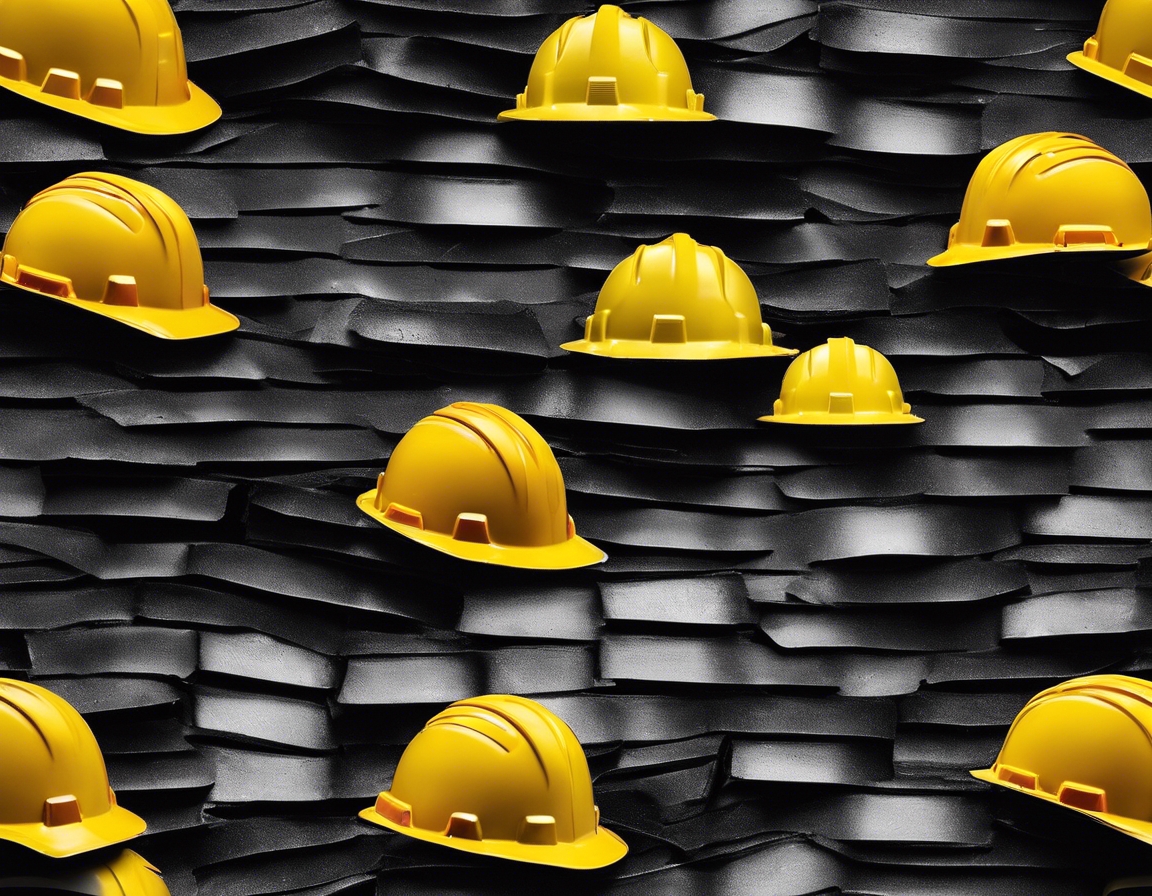Bridging the gap: innovative engineering in bridge construction
Bridge construction is a testament to human ingenuity, reflecting the evolution of engineering and design principles over centuries. Today, the field stands at the cusp of a new era, where innovative engineering is not just a choice but a necessity to meet the demands of modern infrastructure and transportation.
Innovation in bridge construction is crucial for overcoming the challenges of increased traffic loads, environmental concerns, and the need for longer spans without supports. It also plays a vital role in reducing maintenance costs and extending the lifespan of bridges.
Engineers face numerous challenges, including geographical constraints, material limitations, and the need for sustainable construction practices. Addressing these challenges requires a blend of traditional engineering excellence and cutting-edge technology.
Advancements in Materials and Design
The use of high-performance materials such as ultra-high-performance concrete (UHPC), carbon fiber-reinforced polymers (CFRP), and advanced steel alloys has revolutionized bridge construction. These materials offer enhanced strength, durability, and resistance to environmental factors.
Modern bridge design goes beyond functionality, incorporating aesthetics and smart features that blend with the environment and serve the community. Innovative design also includes modularity and adaptability to future changes.
Technological Integration in Bridge Construction
Building Information Modeling (BIM) has transformed the planning and execution of bridge construction projects. BIM facilitates better collaboration among stakeholders and enables more accurate planning and resource management.
The integration of automation and robotics in bridge construction not only increases efficiency but also enhances worker safety. Drones, automated machinery, and robotic arms are becoming commonplace on construction sites.
Environmental Considerations and Sustainability
Bridge construction projects are increasingly designed with a focus on minimizing their environmental footprint. This includes careful site selection, use of eco-friendly materials, and construction methods that protect natural habitats.
Sustainable bridge construction involves the use of renewable resources, recycling of construction materials, and energy-efficient construction practices. These practices not only protect the environment but also result in long-term cost savings.
Future Trends in Bridge Engineering
The bridges of the future will need to be more adaptive and resilient to withstand changing environmental conditions and natural disasters. This includes the design of flexible structures that can adapt to shifts in demand and usage.
Big data and artificial intelligence (AI) are set to play a significant role in bridge engineering. AI can predict maintenance needs, while big data can inform better decision-making regarding bridge design and construction.






Comments (0)